Siemens Simatic Series: The Advanced Evolution of Industrial Automation
With innovative control systems, advanced HMI solutions and integrative network solutions, the Simatic series sets standards for efficiency and reliability in modern manufacturing.

Siemens Simatic Series: The Advanced Evolution of Industrial Automation
The Siemens Simatic series has not only undergone impressive development over the decades, but has also become an indispensable driving force in the world of industrial automation. In this extensive article, we take an in-depth journey through the multifaceted history of the Simatic series, highlight its historical development and take a closer look at its diverse applications and technological highlights in the era of Industry 4.0.
The historical development of industrial automation
The introduction of the Siemens Simatic series in the 1950s marked a milestone in industrial control technology. Since that time, the series has established itself as a pioneer in the industry and has undergone constant development to meet the increasing demands of industrial automation.
1. Simatic control systems: From the origins to the digital revolution
The origins of the Simatic control systems lie in the beginnings of automation. From basic contactor controls to today’s S7 series programmable logic controllers (PLCs), Siemens has continually invested in the development of advanced control systems. This evolution not only made it possible to cope with the increasing complexity of production processes, but also laid the foundation for the digital revolution.
2. Simatic HMI: From buttons to touch panels – the revolution in user interfaces
Simatic Human Machine Interface (HMI) solutions have undergone a fascinating transformation. From traditional controls and switches to state-of-the-art touch panels and intuitive displays, the Simatic series has helped take human-machine interaction to a new level. Integration into the Totally Integrated Automation (TIA) portal significantly simplifies the design and commissioning of HMI applications.
3. Simatic network solutions: The connection technology over time
Simatic’s network solutions reflect the changes in communication technology. From the advent of Industrial Ethernet to the introduction of Profinet, the Simatic series has always been at the forefront of network innovation. The implementation of these advanced network technologies not only enables efficient data transmission, but also forms the basis for the seamless integration of automation systems in the era of Industry 4.0.
4. Simatic Software: The revolution in engineering
Simatic software has not only revolutionized the way engineers and developers design automation systems, but also transformed the entire development cycle. The Totally Integrated Automation (TIA) portal offers a comprehensive platform for the efficient engineering of control systems, HMI applications and more. The Simatic software not only enables shortened development times, but also facilitates the lifecycle management of automation solutions.
5. Simatic Safety: Integration of safety technology into the future
The importance of safety in industrial automation was brought to the fore with the introduction of Simatic Safety. The integrated safety solutions enable the implementation of safety functions directly in the controller without affecting the efficiency of the system. This integrated safety philosophy ensures that people and machines are protected in a connected production environment.
6. Application examples and best practices: Simatic in real use
The true value of the Siemens Simatic series can be seen in the diverse application examples worldwide. From the automotive industry to food production and the pharmaceutical industry – the Simatic series is used in a wide range of industries. This section takes a detailed look at specific application scenarios and shows how Simatic helps increase productivity and create innovative solutions.
Siemens Simatic Series – A journey into the future of automation
The journey through the history of the Siemens Simatic series has shown that it is not only a cornerstone of current industrial automation, but also plays a pioneering role for the future. Their advanced control systems, innovative HMI solutions, powerful networking solutions, revolutionary software tools and integrated security solutions make them a comprehensive solution to the challenges of Industry 4.0. Are you currently converting your systems or do you need high-quality spare parts from the Siemens simatic series? Here you will find an overview of our product catalog.



